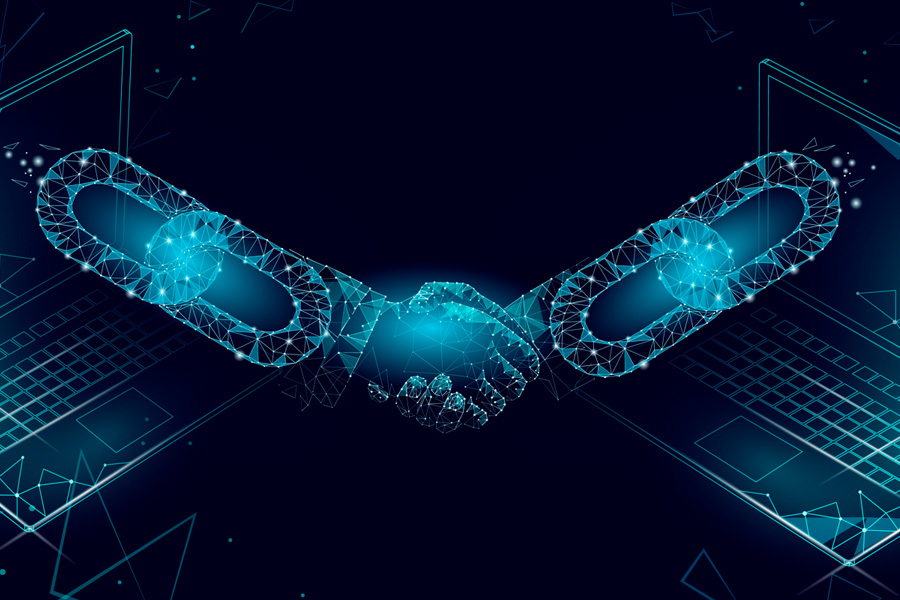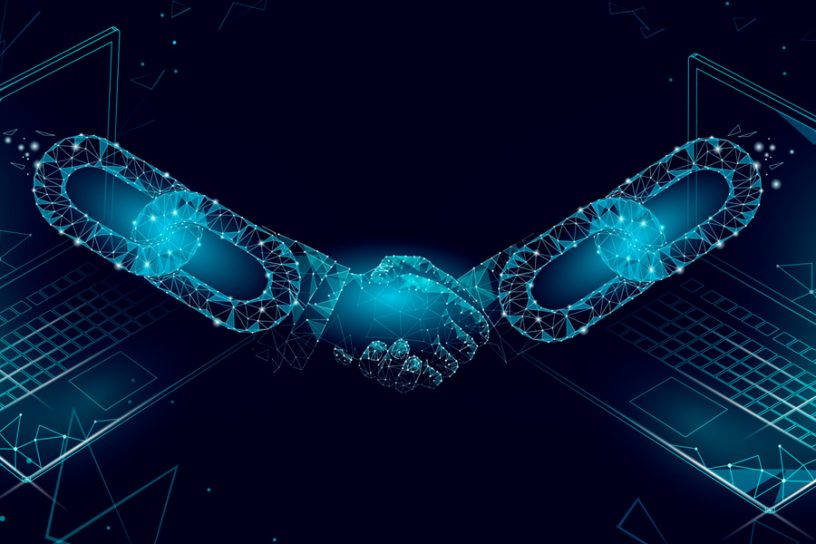
Blockchain technology (BCT) is one of the much-discussed technological advancements like AI and quantum technology and BCT has its applications spread out into the military.
Author
Arun Teja Polcumpally, Centre for Security Studies, Jindal School of International Affairs, O.P. Jindal Global University, Sonipat, Haryana, India.
Summary
Blockchain technology (BCT) is one of the much-discussed technological advancements like AI and quantum technology. Its significance rose exponentially with its extensive usage in the financial sector.
Bitcoin, Ethereum, are some of the virtual currencies which have become household names for all virtual currency enthusiasts. However, this technology has its applications spread out into the military.
In general, this technology is about organizing and storing information in the most secure and trustable way with complex mathematical logic. For the military, BCT based systems provide secure and trustful communications, defence inventory management, tracking of the defence equipment imports etc. Going with its general applications, in the military space, BCT is wished to be used in the documentation, supply chain, logistics.
Though they appear to be simple and easy applications to be adopted, they can increase the efficiency in the defence services and also in the budget spending.
BCT application has become a common aspiration for militaries across the world. For India, its implementation has a bit more advantage compared to others. Here is one area to understand why it is more important. India has seen numerous scams (proved and alleged) anchored to military imports.
Some of the noted scams are – the Jeep scam of 1948, Bofors scam of 1987, coffin scam of 1999, Barak missile scam of 2000, Sudipta Ghosh Case of 2009, and allegations on Rafale deal.
Published in: Center for Security Studies
To read the full article, please click here.


